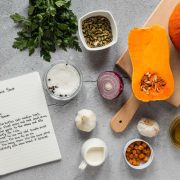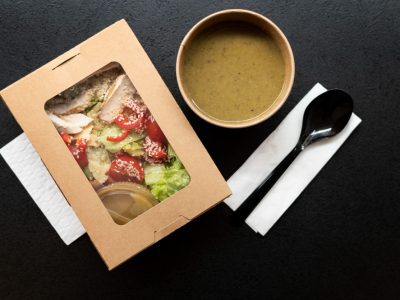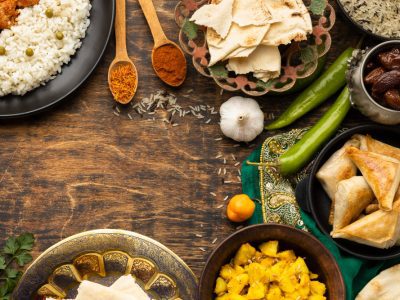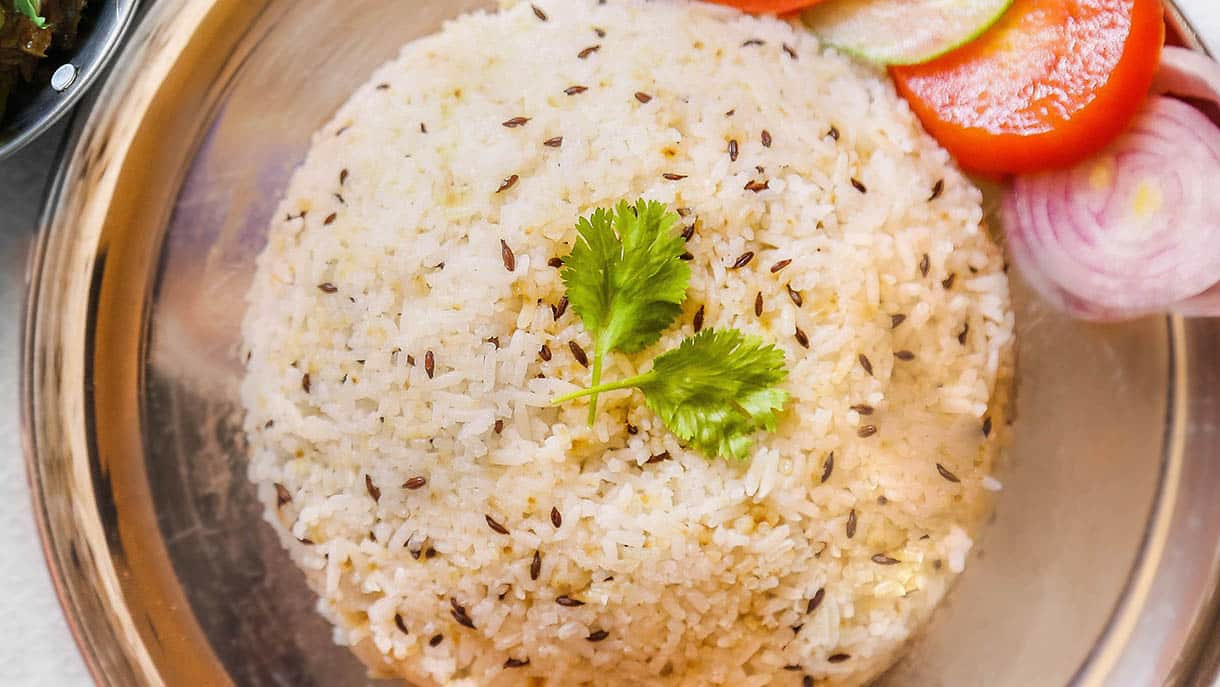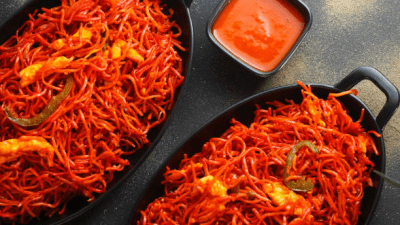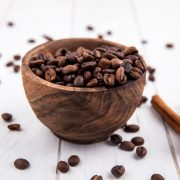Indian cuisine is recognised for its bright aromas, aromatic spices, and the precise use of herbs that not only enhance taste but also give several health advantages. The tradition of employing herbs in Indian cooking extends back thousands of years, closely entangled with the country’s cultural and medicinal practices.The earliest records of herb usage in India are recorded in the ancient books of Ayurveda, a traditional system of medicine that developed over 5,000 years ago. Ayurveda promotes the harmony between body, mind, and spirit, promoting the use of various plants for their therapeutic benefits.
Ayurvedic medicines have long relied on herbs such as tulsi (holy basil), neem, and ashwagandha, demonstrating the strong relationship between Indian culinary traditions and health.A key factor in the global dissemination of Indian herbs was the spice trade. Curated and traded Indian herbs and spices reached the Middle East and beyond as early as 2000 BCE, according to historical records. These plants had already achieved international renown by the time they were grown in Babylonian gardens in the eighth century BCE.
Herbs used in Indian cuisine have changed throughout the years due to factors such as cultural exchanges, climate, and the abundance of certain herbs in different regions. As a result of this change, Indian cuisine has become more varied and complex, with a symphony of flavours achieved by combining fresh and dried herbs.
A Guide to the Best Indian Herbs Recipes
There is an art to balancing the aroma, flavour, and health benefits of herbs when incorporating them into Indian dishes. In Indian cuisine, you can taste the difference between fresh and dried herbs, and both work just fine in their own ways.
Herbal Cooking: Fresh Herbs in Indian Cuisine
- Cilantro (Coriander Leaves)
Cilantro, a popular garnish, gives food a zesty, fresh taste. It’s a must-have for salads, chutneys, and curries and dals. Chutney with Cilantro and Mint – This chutney is perfect for pairing with a variety of appetisers and main dishes thanks to its zesty combination of lime juice, green chillies, mint leaves, and fresh cilantro.
- Mint (Pudina)
The cooling effects of mint make it a popular ingredient in many dishes, including chutneys, biryanis, and drinks. Aside from helping with digestion, it also adds a pleasant flavour. The fragrant Pudina Rice is made by cooking basmati rice with a mixture that contains fresh mint leaves, green chillies, and spices. It has a lovely aroma and flavour.
- Fenugreek Leaves (Methi)
Methi Thepla is a delicious Gujarati flatbread that is made by combining fresh fenugreek leaves with a spiced wheat flour dough. It has a slightly bitter taste and is commonly used in flatbreads, curries, and stir-fries. The leaves are also known for their medicinal properties, which include regulating blood sugar. Methi Thepla is an ideal breakfast or snack option.
- Curry Leaves (Kadi Patta)
Essential in South Indian cuisine, curry leaves are tempered in oil to release their unique aroma, forming the flavor base for various dishes. Curry Leaf Powder (Karuveppilai Podi) – A spice mix made by roasting curry leaves with lentils and spices, ground into a powder, and served with rice or idlis.
Traditional Herb Uses: Dried Herbs in Indian Cuisine
- Kasuri Methi (Dried Fenugreek Leaves) : Gives food a strong scent and a slightly bitter flavour. Flavour enhancer used in breads, gravies, and curries.Creamy paneer cubes stew in a broth of tomatoes, cream, and dried fenugreek leaves to make Methi Malai Paneer, a delicious meal.
2. Dry Ginger (Sonth) – Sonth, or dry ginger, adds heat, and a little heat to food. Blends of spices, teas, and some curries often employ this. The tangy and sweet chutney is a traditional accompaniment to Indian foods such as samosas and pakoras. It is prepared using dried ginger powder, tamarind, and jaggery.
3. Bay Leaves : Stews and rice dishes, in particular, benefit from the delicate depth that bay leaves (Tej Patta) provide to the table. Biryani is a fragrant rice dish that is slow-cooked to perfection with layers of spiced rice, meat or vegetables, and bay leaves.
4. Asafoetida (Hing) Used in small amounts, this aromatic resin enhances flavour and improves digestion. Ideal for vegetarians and those who like lentils. The lentil curry known as Dal Tadka is seasoned with ghee, spices, and a dash of asafoetida to create a flavourful and soothing dish.
Conclusion
The skilful use of fresh and dried herbs in Indian cuisine reflects the long history of the country’s emphasis on health and the natural world. Reflecting the holistic approach of traditional Indian cooking, these herbs not only enhance the flavours of dishes but also contribute to overall well-being. Herbs such as mint, cilantro, fenugreek, and curry leaves can enhance the flavour and scent of even the most basic foods when used in everyday cooking. Similarly, knowing how to use dried herbs like asafoetida, bay leaves, kasuri methi, and dry ginger may make a lot of different foods taste better.
A food enthusiast and a blogger – someone who likes to eat and write about it. I’m passionate about exploring different cuisines and challenging my palette. I give into my food craving regularly and am often on the hunt to find my new favorite food place in town.

